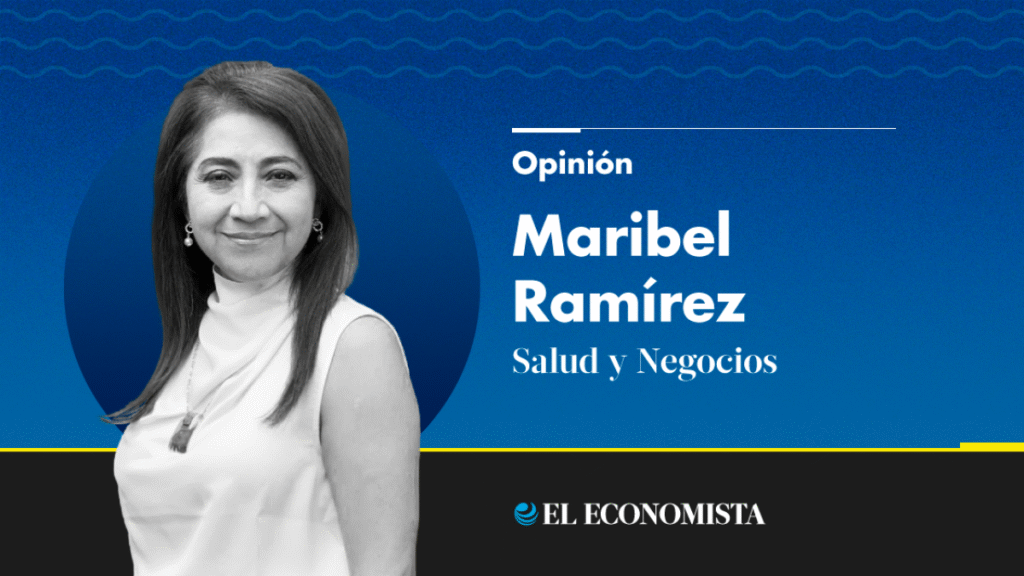Introduction
The network of National Health Institutes (INS) in Mexico, which have long been pillars of medical research and specialized care, now face significant challenges that threaten their strength and historical position in national medicine. It is crucial to restore their prominent role in high-specialty care and find alternative funding sources to prevent further financial strain.
The Network of National Health Institutes
There are 13 institutes that make up the CCINSHAE, under the supervision of the Secretariat for Health: Instituto Nacional de Cancerología (InCan), Instituto Nacional de Ciencias Médicas y Nutrición Salvador Zubirán (INCMNSZ), Instituto Nacional de Cardiología Ignacio Chávez (INCar), Hospital Infantil de México Federico Gómez (HIMFG), Instituto Nacional de Enfermedades Respiratorias Ismael Cosío Villegas (INER), Instituto Nacional de Neurología y Neurocirugía Manuel Velasco Suárez, Instituto Nacional de Pediatría, Instituto Nacional de Perinatología Isidro Espinosa de los Reyes, Instituto Nacional de Psiquiatría Ramón de la Fuente Muñiz, Instituto Nacional de Salud Pública, Instituto Nacional de Rehabilitación (INR), Instituto Nacional de Medicina Genómica (Inmegen) e Instituto Nacional de Geriatría.
Challenges Faced by the INS
Current conditions of austerity and administrative opacity threaten their excellence. The centralization process within the health system struggles to understand the benefits of certain operational independence in high-specialty care and clinical research, where positive prospects are visible.
Historical Funding Model
Prior to 2018, the INS were sustained through a robust model: federal budget (Ramo 12, Secretariat of Health), private donations via patronages, and resources from the Fondo de Protección contra Gastos Catastróficos (FPGC) of the Seguro Popular. The FPGC financed high-specialty treatments, like cancer or cardiovascular surgeries, in the INS for uninsured populations. Patronages captured national and international donations, complementing research and equipment.
Impact of Insabi Transition
The transition to Insabi in 2020 dismantled this model, eliminating the FPGC and almost all patronages, reducing per capita spending for INS. The IMSS-Bienestar, which replaced Insabi in 2023, now channels resources to the INS but in smaller amounts and with less transparency. Its focus on primary and secondary care does not fully align with the needs of high-specialty care, creating bottlenecks; for instance, the INCar has been facing a debt issue with a constructor due to delayed payments from IMSS Bienestar.
Fiscal Insensitivity Towards Health
Lack of fiscal sensitivity towards the health sector further exacerbates the situation. The Federal Budget Project for 2025 cut 13.1% (521.7 million pesos) from the INS, affecting them significantly, especially InCan, INCMNSZ, and INCar. The stigma against patronages during the previous administration was somewhat unjust because, amidst dwindling public resources, the option should have been to regulate them properly rather than seeking their elimination. Private initiative is also interested in strengthening the public health system for a skilled workforce.
Restructuring and Opportunities
Restructuring of CCINSHAE
The current restructuring of the CCINSHAE, led by Marta Zapata Tarrés, resulted in the loss of Hospitals Regional de Alta Especialidad (HRAE) to IMSS-Bienestar, causing uncertainty. Recent rumors suggested that INS would also transfer to IMSS Bienestar, but the Secretariat of Health denied this strongly.
Integration into the National Public Health System
The Plan Sectorial de Salud 2024-2030 outlines the integration of INS into the National Public Health System (SNSP), where they would collaborate with IMSS-Bienestar on initiatives like the universal electronic clinical record. However, budgetary austerity hinders technological investment, and prioritizing primary care may relegate INS research and specialized care.
Opportunities for INS
Despite these challenges, the INS have immense opportunities. Mexico can better capitalize on global demand for clinical trials, opening tangible spaces for this high-specialty network that has long placed Mexico as a regional leader. Collaboration with regional organizations like the OPS positions Mexico as a leader in various fields, such as INSP’s studies on climate change and nutrition. However, capitalizing on these opportunities requires resources that the current model must ensure.
Key Questions and Answers
- What are the National Health Institutes (INS)? The INS are a network of 13 specialized health institutes in Mexico, each focusing on different medical fields and providing high-quality care and research.
- What challenges do the INS currently face? The INS face budgetary constraints, lack of operational independence, and challenges integrating into the broader health system.
- What was the historical funding model for INS? The historical model relied on federal budgets, private donations through patronages, and resources from the Fondo de Protección contra Gastos Catastróficos (FPGC) of the Seguro Popular.
- How has the transition to Insabi affected INS? The transition to Insabi dismantled the previous funding model, reducing per capita spending for INS and introducing less transparency in resource allocation.
- What opportunities do INS have? INS can capitalize on global demand for clinical trials and collaborate with regional organizations to strengthen their position as leaders in various medical fields.
Conclusion
The INS stand at a crossroads. To maintain their excellence and specialized care, they require certain autonomy and funding. The government must clarify its strategy, ensure robust resources, and restore patronages to capture private donations with efficiency and transparency. Only then can the INS continue to shine as beacons of specialized medical care and clinical research for Mexico’s future.






